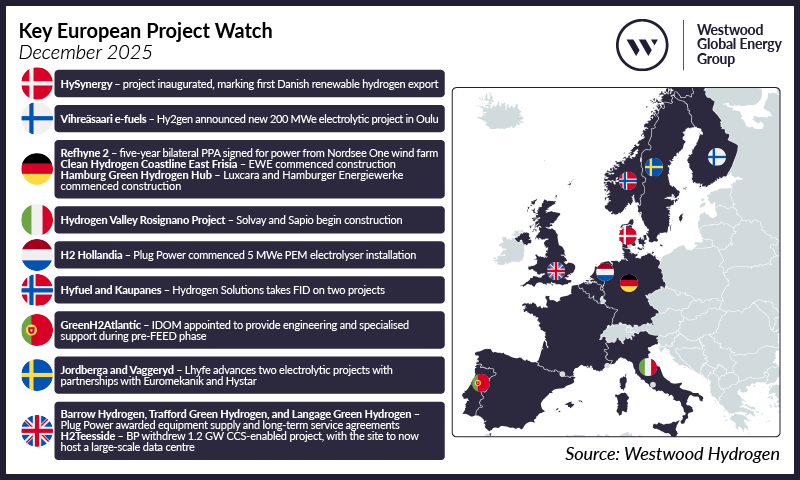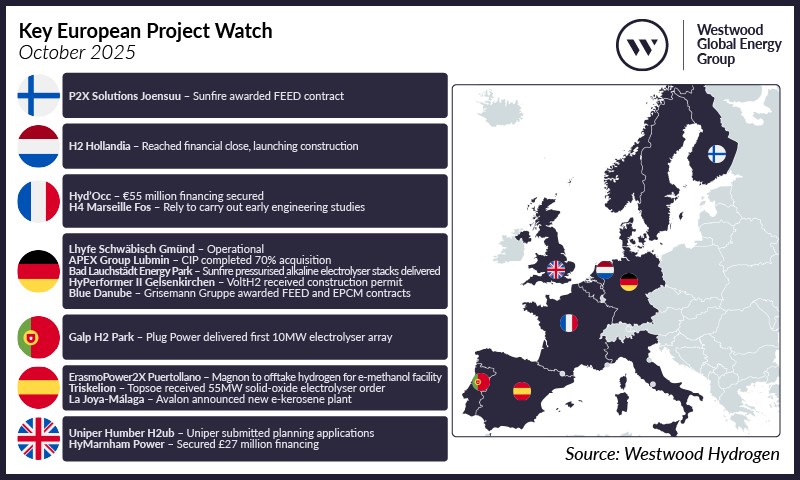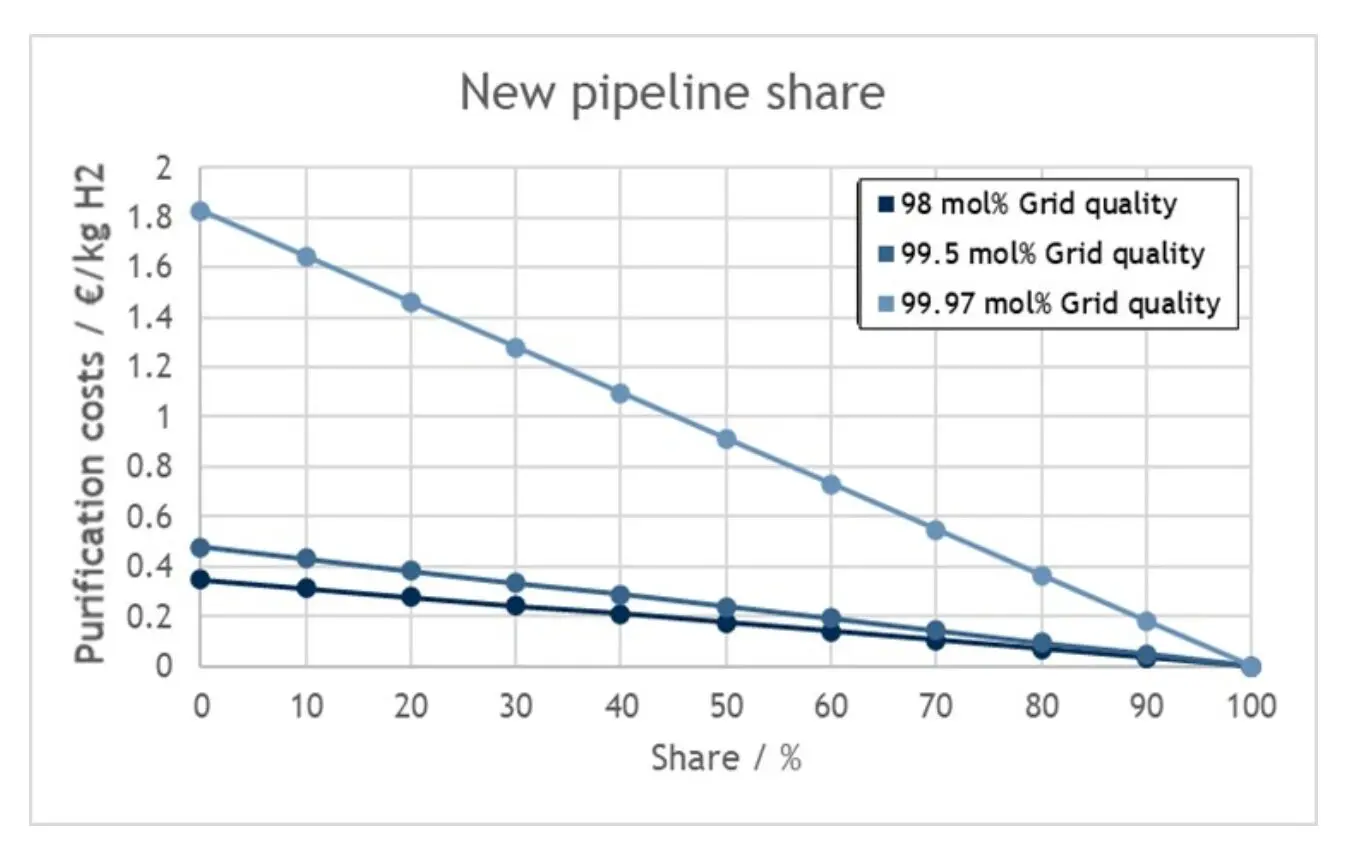

China National Energy Administration issued a guidance policy on July 28th aiming to set 14 technical standards for hydrogen applications.
One of these standards, The Low-carbon Clean Hydrogen Assessment Stardard, is regarded as a critical measure for the development of low carbon hydrogen industry.
The emissions intensity of hydrogen production varies widely depending on the production route.
Today, hydrogen production is dominated by unabated fossil fuels; emissions need to decrease significantly to meet climate ambitions.
The fuel and technology used, the rate at which CO2 capture and storage is applied, and the level of upstream and midstream emissions all strongly influence the emissions intensity of hydrogen production.
The average emissions intensity of global hydrogen production in 2021 was in the range of 12-13 kg CO2‑eq/kg H2.
In the IEA Net Zero by 2050 Scenario, this average fleet emissions intensity should reach 6‑7 kg CO2‑eq/kg H2 by 2030 and falls below 1 kg CO2‑eq/kg H2 by 2050.
Major countries, including EU, UK, USA and Canada, have already set their low-carbon hydrogen standards to boost production and deployment of clean hydrogen.
China hasn’t specified carbon emission intensity reference value of hydrogen. This standard, expected to be completed and come into effect by 2024, will bolster the decarbonization role of low-carbon hydrogen and pave the way to the nation wide subsidy or other support policies for the clean hydrogen applications.
Source: China Hydrogen Bulletin









